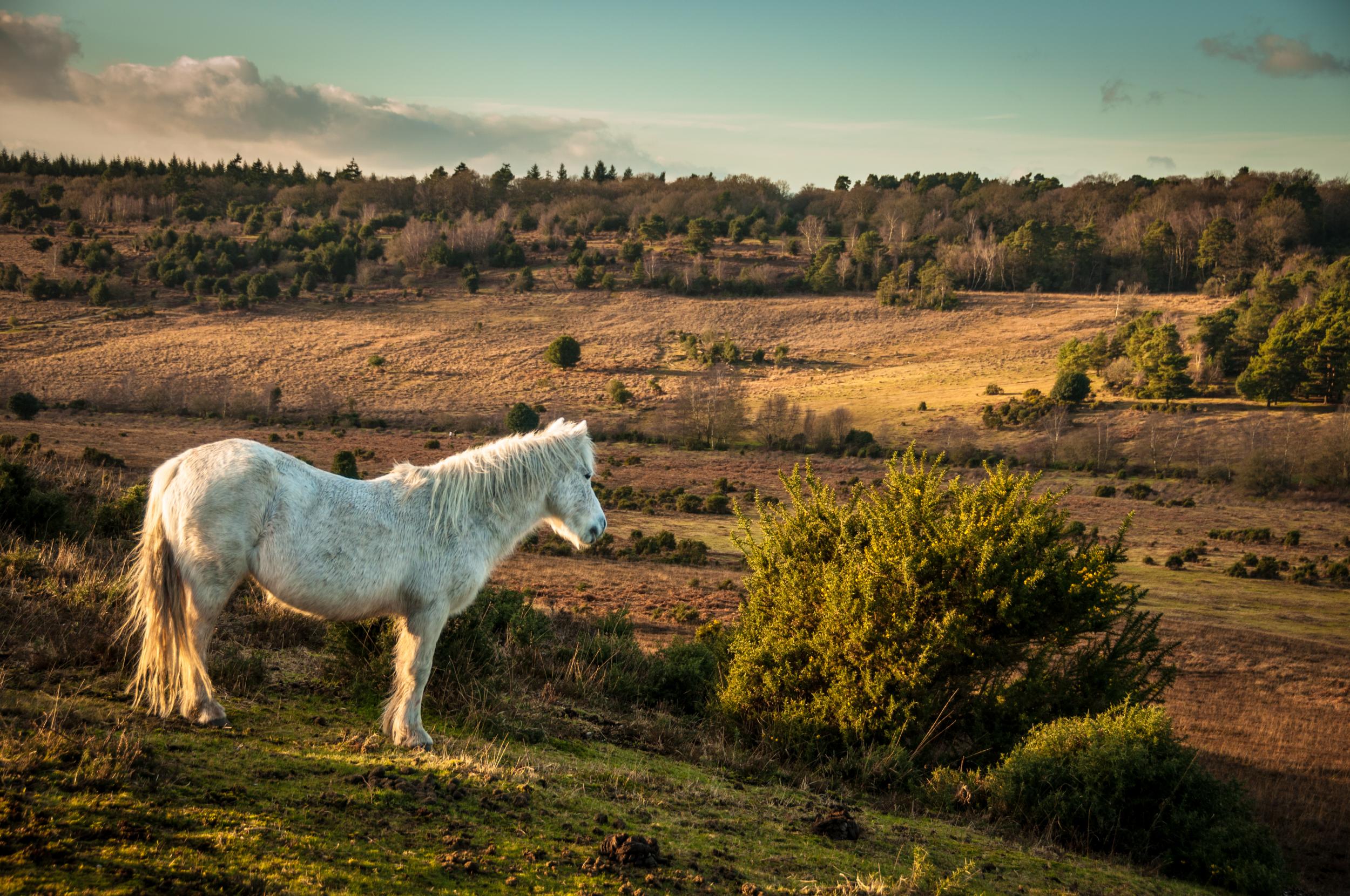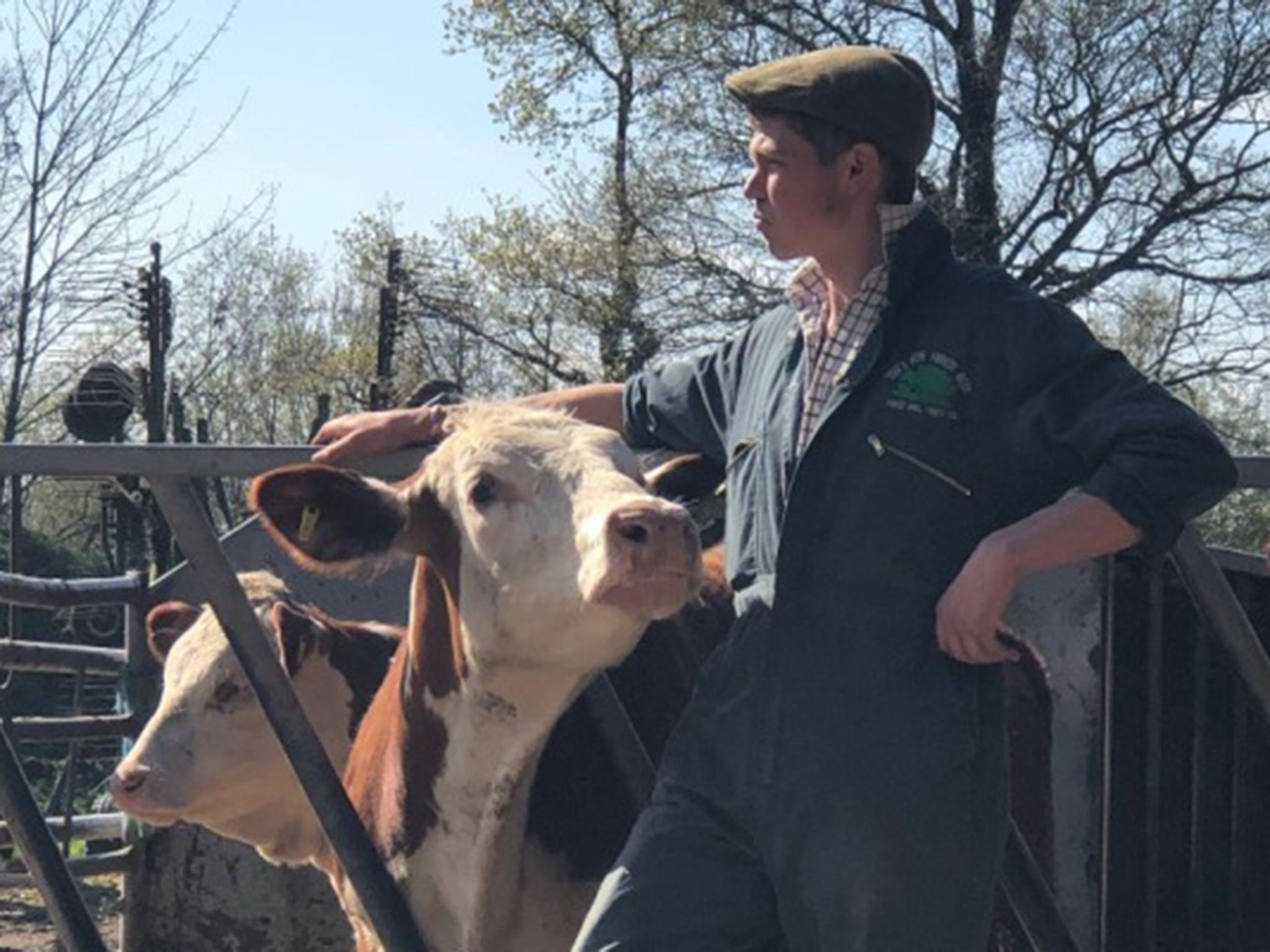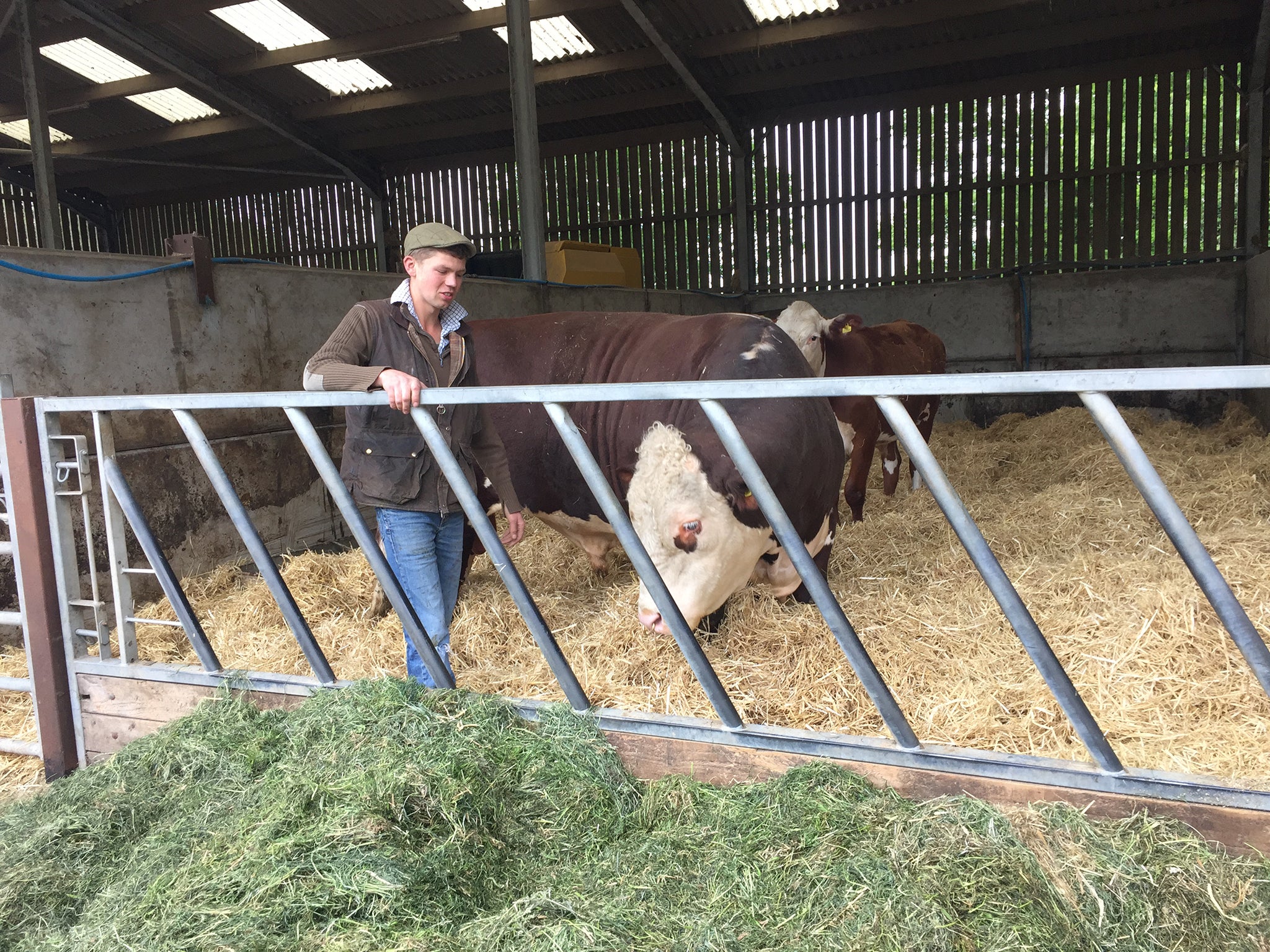Into the woods: What to expect from ‘forest bathing’
There’s more than one reason to be sceptical of this latest wellness craze, says Christine Manby, but a specialist walking tour may bring you that little bit closer to nature


Forest bathing. Ever tried it? The activity previously known as “going for a walk in the woods” has been given the “wellness” treatment so that now you can pay upwards of £50 an hour for the privilege of doing something my teenage self viewed as the most boring way to spend a Sunday. Actually, that’s not true. Even as a sulky 14-year-old, I knew how lucky I was to live within walking distance of the countryside.
But how does forest bathing differ from just heading out to look at the trees? Well, disappointingly, it doesn’t involve any nudity. Or animal costumes. That’s furring, which is the bane of many a fancy dress company in the shires. The rather less controversial practice of forest bathing originated in the 1980s in Japan, where it is called shinrin-yoku and can be as simple as a contemplative walk in nature.
In his book, Forest Bathing: How Trees Can Help You Find Health and Happiness, Dr Qing Li, of Tokyo’s Nippon Medical School and head of the Japanese Society of Forest Medicine, writes: “We are part of the natural world. Our rhythms are the rhythms of nature. As we walk slowly through the forest, seeing, listening, smelling, tasting and touching, we bring our rhythms into step ... Our nervous system can reset itself, our bodies and minds can go back to how they ought to be.”
It’s not just wishful thinking on Li’s part. He is also the founder of the Forest Therapy Study Group and has initiated several research projects on the benefits of walking in the woods. One study found that the sleep patterns of stressed Toyko office workers were improved when they swapped walking in an urban environment for time in the forest. Li’s study into the effect of forest bathing on mood showed that it can reduce fatigue, anxiety, anger and depression.
Over the past couple of years, news of the forest’s benefits has spread all over the wellness world. Naturally, Gwyneth Paltrow was in at the beginning of the latest resurgence of the craze. She recommended it in her much-derided Goop newsletter. More recently the Duchess of Cambridge cited forest bathing as the inspiration for her garden at the Chelsea Flower Show.
In its Goop-style incarnation, forest bathing typically involves guided meditation and mindfulness exercises beneath the forest canopy. Practitioners talk about “absorbing the green”. Some people even believe they receive messages from the individual trees with which they choose to commune. It all sounds great, but any wellness endeavour that might conceivably end in a group hug – even if one of the huggees is an oak – is anathema to me, so I signed up for a different kind of forest walk, which offers all of the benefits of forest bathing without the heavy breathing and finger bells.
The UK has plenty of ancient and venerable forest. The New Forest, which covers 566,000sq km of southwest Hampshire and southeast Wiltshire, encompasses some 146,000sq km of wild broadleaved woodland and a further 84,000sq km of timber plantations, curated by the Forestry Commission. The forest has a long and illustrious history. It was mentioned in the Domesday Book, which enshrined the “rights of common” that allowed forest residents to graze their animals and gather fuel throughout its reaches. Those rights remain to this day and are still widely exercised.

On a Friday morning in May, in the bar of The Bell Inn in Lyndhurst, I join 12 people in hiking boots to wait for “Commoner Tom”. Farmer Tom Hordle, 28, lives in the very middle of the New Forest where he takes advantage of the ancient commoner’s rights, granted with the parcel of land he saved up for throughout his teenage years, to graze his eighty cows.
Tom is our guide on a walk through the forest that begins in his farmyard, where we meet his Australian cattle dog, his horses, his chickens and his bull – a magnificent Hereford, the size of a small family car. Tom raises beef cattle. His farming methods are the very opposite of intensive. For most of the year, his herd ranges freely across the whole forest, roaming for dozens of miles a day. The restaurant at the Bell Inn is the only, carefully chosen, outlet for his beef.

Tom is matter-of-fact about agricultural life, but as we walk out of his farm gates, his love for the wild forest is clear. There isn’t a plant, a bird or a bug that Tom doesn’t recognise. He shows us his favourite tree, a vast oak as tall as a three-storey house with branches more awe-inspiring in their natural state than any cathedral or galleon such as they might have become. Tom muses on what that tree might have seen. It overlooks the former home of Lady Alice Lisle, the last woman to be beheaded in England when she was executed in 1685 for sheltering anti-royalist fugitives after the Pitchfork Rebellion. How much more thrilling to imagine the great oak recounting stories of such heroism than offering a forest bather Instagram-worthy platitudes.
As we walk on, Tom points out a birch sapling nibbled by one of the famed New Forest ponies, which graze alongside the cattle, deer and donkeys. The number of grazing animals in the New Forest is a subject of some controversy but as we walk Tom explains how, over the centuries, they have shaped the forest landscape and in doing so created a unique habitat for some of Britain’s most endangered wildlife.
If, like me, you find the idea of literal tree-hugging too cringeworthy for words, a forest walk with someone like Commoner Tom gives you a feeling of deeper connection to the forest and to the animals and people who live there
By eating birch saplings before they get a chance to take hold, the grazing animals allow lowland heather to thrive. That heather provides shelter for some of the New Forest’s 130 species of birds. Almost half those species, including the curlew, the lapwing and the nightjar, with its haunting churring call, are ground-nesting.
Erika Dovey, a forest ranger accompanying us on the walk, explains the importance of sticking to the official paths through the forest during the nesting season. The ground-nesting birds are vulnerable to disturbance from walkers and their dogs. We encounter that most loathsome modern phenomenon – dog shit discarded in a polythene bag – in several places. I wonder what words of wisdom the trees would have for people who think it’s OK to hang poo bags from their branches.
By the end of the walk, Tom is carrying armfuls of plastic detritus left behind by less careful forest visitors. The New Forest does have official litter walks. Kimberley Elliot, of the Bell Inn, also told me that the hotel’s guests often ask for bags so they can collect rubbish on their own initiative.
On the home leg, we pass a family of deer, which seem unbothered by our proximity. We learn that even a dead tree has its uses, providing a home for some of the Forest’s smallest residents such as the increasingly rare stag beetle. Back in the farmyard, Tom explains the heritage of one of his horses, bred to help maintain the bloodline of the New Forest pony, which is itself endangered.
If, like me, you find the idea of literal tree-hugging too cringeworthy for words, a forest walk with someone like Commoner Tom, who understands why curating our national woodlands isn’t as simple as planting more trees, gives you a feeling of deeper connection to the forest and to the animals and people who live there. If you take a bag to collect rubbish and stick to the footpaths, you can get your nature kicks and contribute something to the life of a forest that has nurtured its inhabitants for thousands of years. And of course you can build up an appetite for a proper lunch. I can thoroughly recommend the cooking of chef Mark Young in the restaurant at the Bell Inn.
Commoner Tom leads forest walks followed by lunch at The Bell Inn throughout the year. The National Trust runs nightjar walks during the summer months
Join our commenting forum
Join thought-provoking conversations, follow other Independent readers and see their replies
0Comments